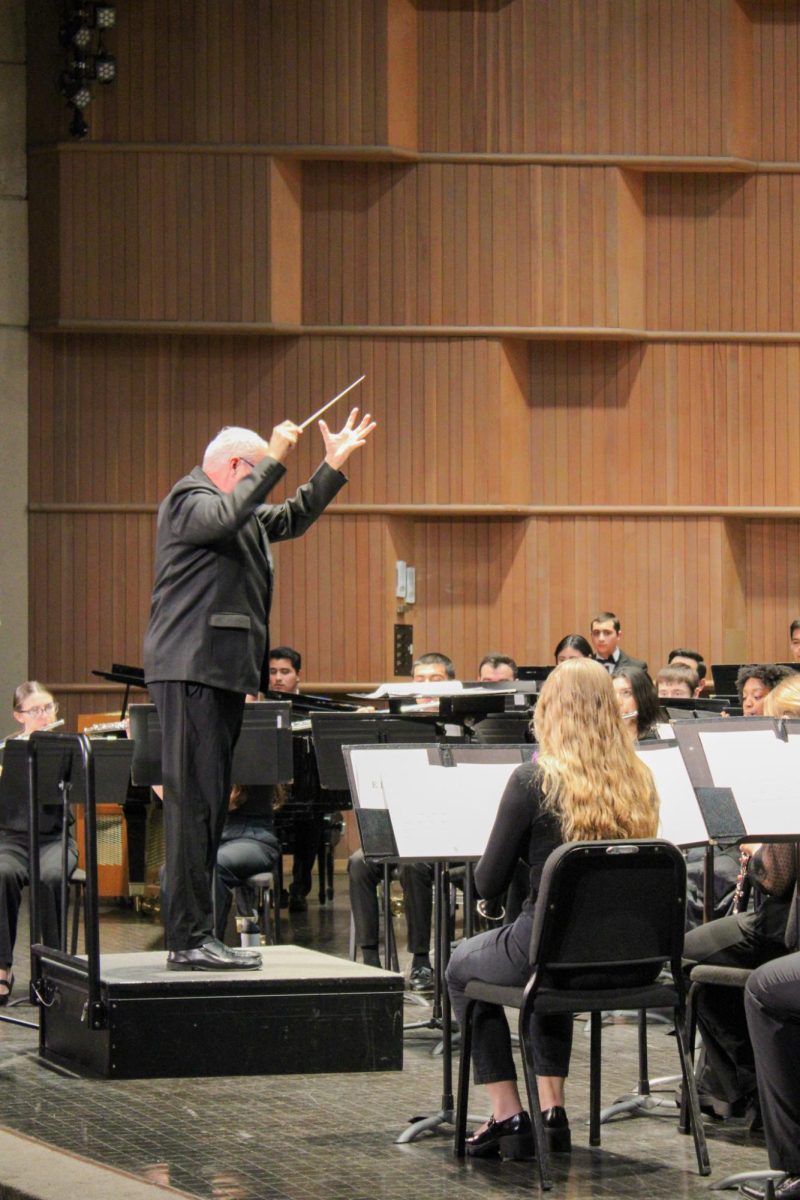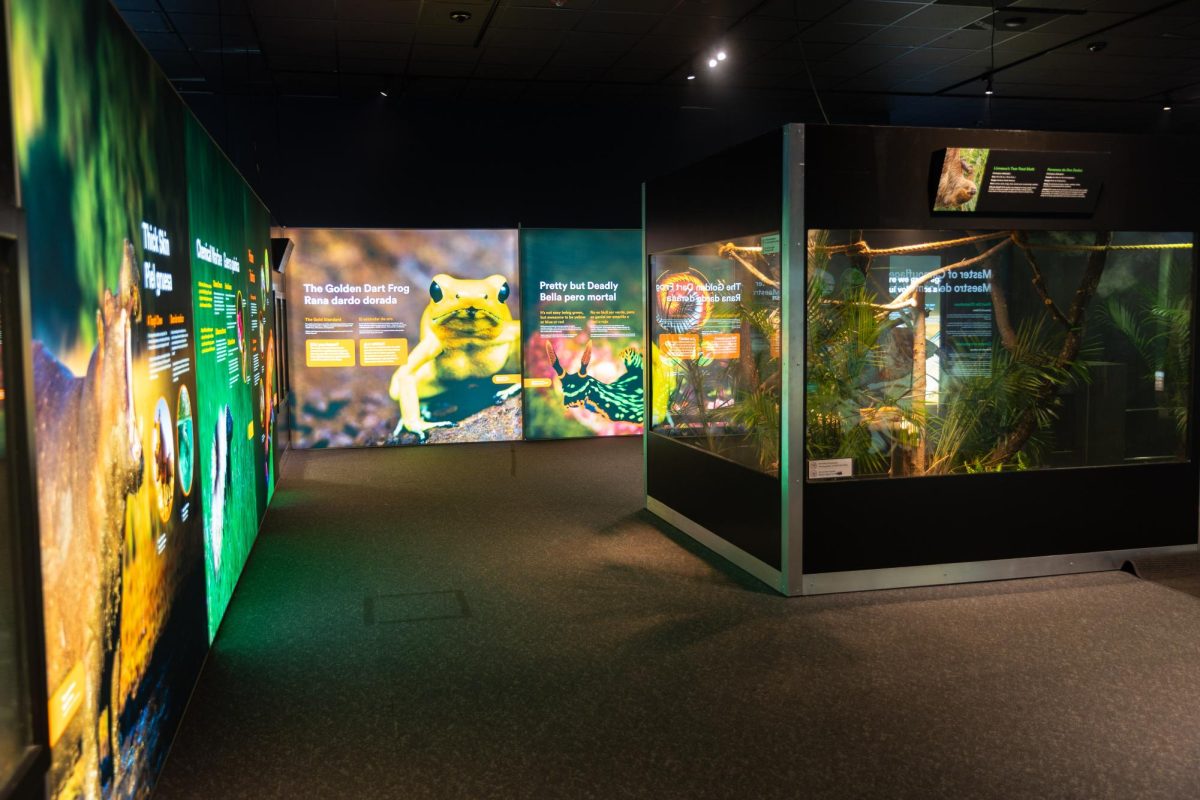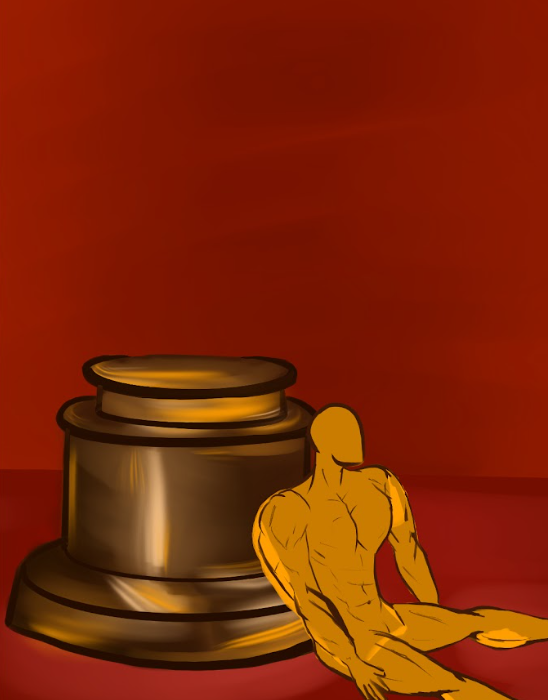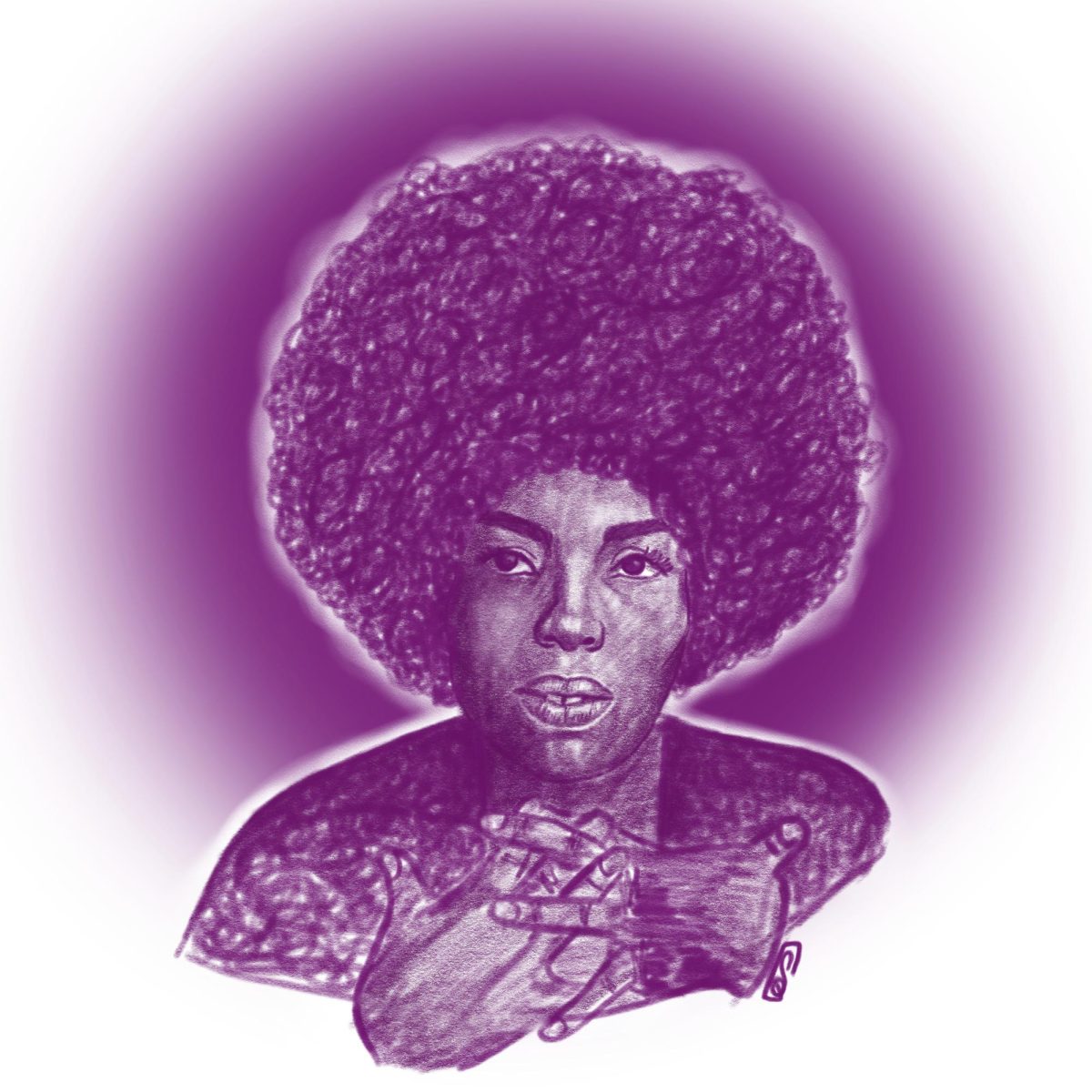 Scott Edwards focuses his ceramic sculptures on the human form, but incorporates fantastical aspects into his work to convey the evolution of human consciousness.
Scott Edwards focuses his ceramic sculptures on the human form, but incorporates fantastical aspects into his work to convey the evolution of human consciousness.
“I’m interested in discussing the mystery of human consciousness and its relationship to the body and universe,” he said, “and I seek to fabricate powerful representations of the dream forms and archetypal images that emerge from the depths of our essential nature.”


Edwards credits his life and career experiences before attending UTSA for his foundation and growth as a sculptor. Since childhood, Edwards was obsessed with special effects makeup and creature creation. He eventually became a self-taught makeup effects artist and mask maker.
“Eventually, I was fortunate enough to study under an Emmy award nominated effects artist,” said Edwards. “It was under his mentorship that I learned the art and science of sculpting and fabricating facial prosthetics. This led me to a career in the medical field as a prosthetic technician, where I was responsible for creating silicone facial and somatic prosthesis for amputees and cancer patients.”
Edwards’ sculpture “Nature’s Son” is a piece inspired by his fascination with psychedelic shamanism and cultural anthropology. The artist combines ritualistic tribal markings and a third eye to convey the idea of a culture evolving through psychedelic lens.
The artist’s piece “Navigator” was also showcased in the 33rd Annual Juried Student Exhibition on UTSA’s Main Campus.
Catherine Paul is a fine arts major with a focus in philosophy. After switching her major from pre-law to psychology she eventually decided on fine arts. This is when Paul realized her true passion was photography.
“I really enjoyed art generally growing up, so I thought ‘Why not give it a shot?’” said Paul. “I was going through the different art departments trying to figure out which best fit me, and I noticed, even outside of school, I was on my phone documenting. I love documenting everything.”
Paul’s photos call attention to the dialogue between nature and mankind. She believes that a unique dialogue occurs between the two forces every day.
“I am inspired by nature,” said Paul. “I love being around nature and exploring it. My goal is to work for National Geographic.”


Paul became interested in the ongoing conversation between man and nature during her intermediate photography class at UTSA. She was instantly interested in the double exposure aspect: taking two separate pictures and placing them together to make final photo.
“My photos speak to where once nature was now mankind is and vice versa,” said Paul. “A unique and a dramatic dialogue happens at this time. You cannot tell which force is overpowering the other.”
The photographer also enjoys street photography, which is meant to capture different human expressions and specific moments in time. Paul views street photography as a “time capsule” and a way of documenting and transforming everyday life.
 Carlos Garces, Brownsville, TX native, currently attends UTSA and has a strong interest in sculpting.
Carlos Garces, Brownsville, TX native, currently attends UTSA and has a strong interest in sculpting.
“Despite its natural beauty, South Texas was and continues to be a place cut off and forgotten from the rest of the country,” said Garces. “As a Mexican-American living near the Mexican border, I have obtained a dualistic world view and learned that there are always at least two sides to every truth.”
Garces focuses his subject matter on “the modern day Easter Island Heads.” He views ancient artifacts and relics as a reflection of the civilization’s belief system. Garces is inspired by these figures, but instead of mimicking the sculptures completely, he gives them a modern spin.


“I appropriate visual elements from various pre-Columbian cultures and subtly pair them with topical matter and events,” he explained. “Using this pre-Columbian lens, I am creating a cast of figures which are intended to identify and question our fundamentalist beliefs.”
The artist’s goal is to visually juxtapose the ideologies of ancient civilizations with contemporary beliefs. Garces desires to call into question the “norms” and accepted beliefs of our culture but still remain a neutral participant; he does not wish to stand for one side of the argument, but he does intend to start a dialogue.
“In my artwork, I want to show that there are two sides to an issue. I want to show that duality.”









